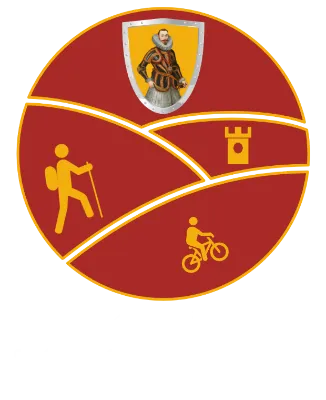Special Areas of Conservation, National Heritage Areas and Special Protected Areas along The Ormond Way
National Heritage Areas & Special Areas of Conservation
The basic designation for wildlife is the Natural Heritage Area (NHA). This is an area considered important for the habitats present or which holds species of plants and animals whose habitat needs protection.
Special Areas of Concervation(SACs) are prime wildlife conservation areas in the country, considered to be important on a European as well as Irish level.
Arragh More Bog NHA & SAC
Arragh More Bog NHA & SAC, located in Co. Tipperary, is a site of great conservation significance comprising of a raised bog which is becoming increasingly rare and under threat in Ireland.
The bog is split by mineral ridges and contains areas of high bog and cutover bog. The site supports a diverse range of raised bog microhabitats including hummocks, pools, and a flush.
The bog contains vegetation typical of a Midland Raised Bog such as Ling Heather, Cranberry, and Bog-rosemary. Deergrass, Bog Asphodel, and Cross-leaved Heath are also found on marginal areas around the bog.
The site is partly bounded by a road and current land uses include peat-cutting, forestry, and agriculture, which have resulted in the loss of habitat and a threat to the hydrological status of the site.
Despite these threats, the site is home to a species listed on Annex I of the E.U. Birds Directive, the Hen Harrier. Ireland has a special responsibility for the conservation of raised bogs at an international level, making Arragh More Bog NHA a site of considerable importance.
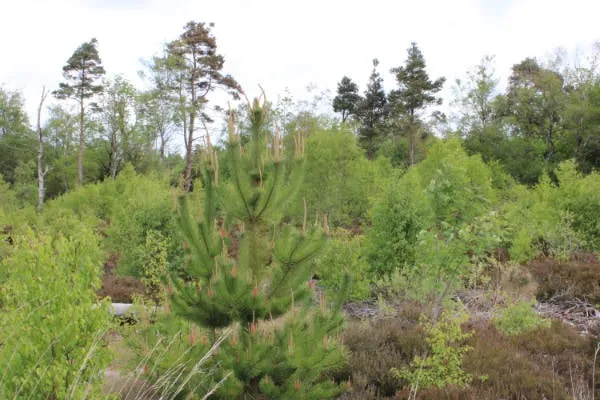
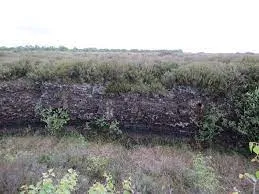
Scohaboy Bog NHA & SAC
Covering an area of 163 hectares, Scohaboy Bog SAC & NHA is situated in County Tipperary, adjoining agricultural lands and ancient wetlands.
The site lies on the western side of the River Nenagh and is in close proximity to the areas of Sopwell Woodlands and the Cloughjordan bird survey project.
The site has a rich history dating back to some of the earliest wetlands in Ireland.
Wetlands were the first habitat types to develop in Ireland during the Holocene period, with natural colonization of peat bogs occurring around 12,000 years ago. The nutrient-poor conditions of the bog support a range of unique plant and animal species that have adapted to the habitat's ecological niche.
The most common plant species include sphagnum mosses, cotton grass, and bog asphodel, while animal species include the common frog, hen harrier and the pine martin.

Special Protection Areas
Special Protection Areas (SPAs) are concerned with the long-term protection of wild bird species and their habitats, as set out in the European Birds Directive.
Slieve Felim to Silvermines mountains SPA
The Slievefelim to Silvermines Mountains SPA is an extensive upland site located in Counties Tipperary and Limerick.
Much of the site is over 200 m in altitude and rises to 694 m at Keeper Hill.
The Hen Harrier Policy in the SPA does not receive any specific funding at present.
Hen Harriers in Ireland have seen dramatic changes over time. Once widespread, their population plummeted due to habitat degradation and persecution, but rose again to 250 breeding pairs by the 1970s thanks to new forest plantations. However, their population has since declined steeply, particularly in heavily forested areas. Hen Harriers are adaptable and can use young forest plantations, but the subsequent maturation of the trees has led to local extinctions.
National surveys every 5 years have tracked these fluctuations, highlighting the importance of monitoring and conservation efforts.
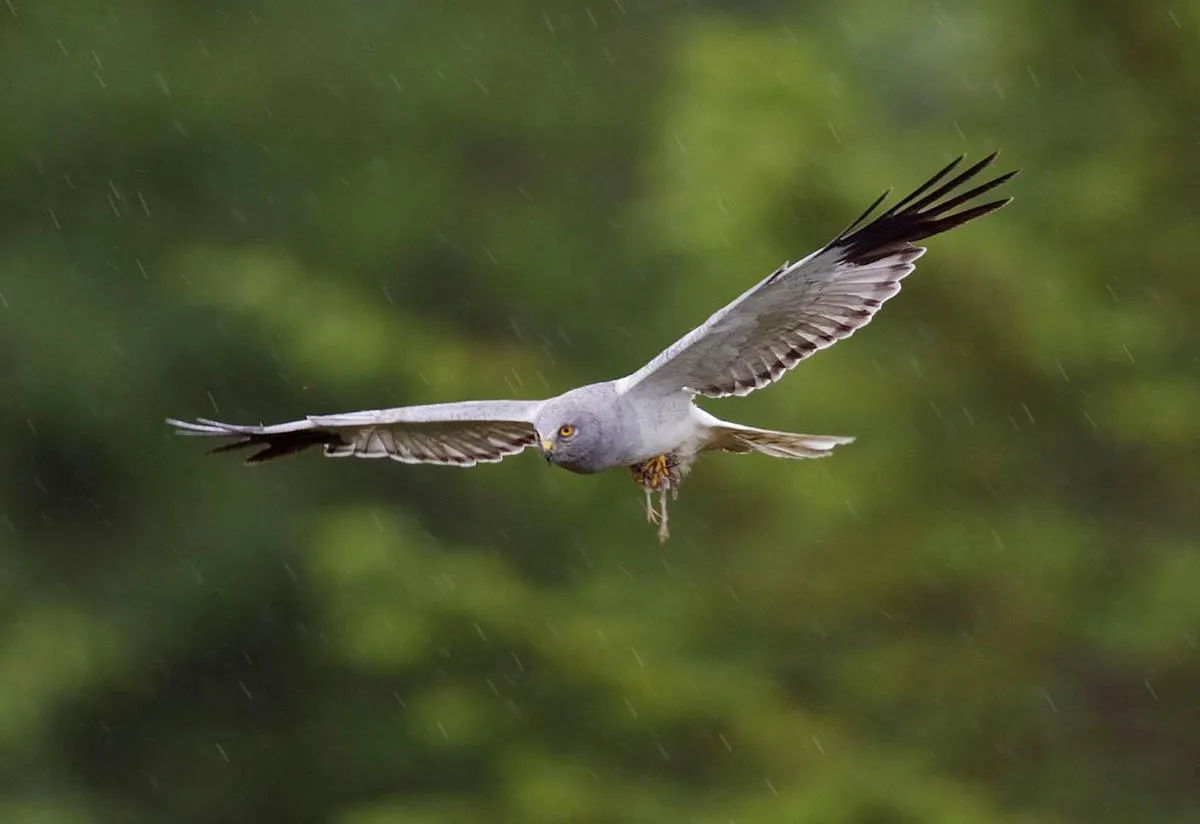
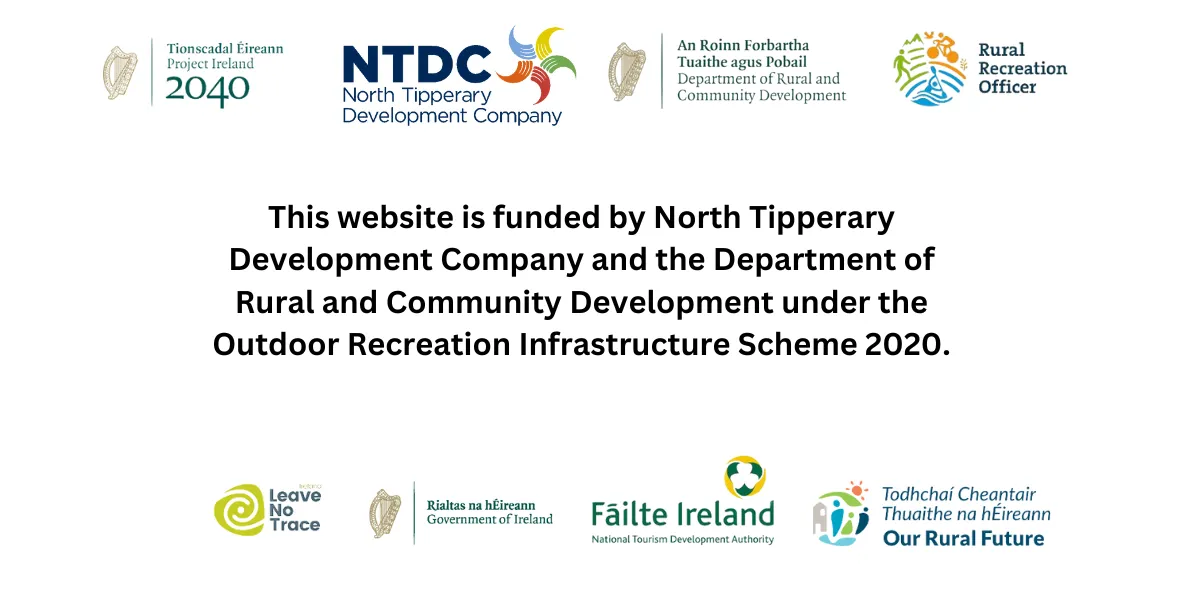
© 2023 In Tipperary, All Rights Reserved.
Web Design by Pixelweb Design
